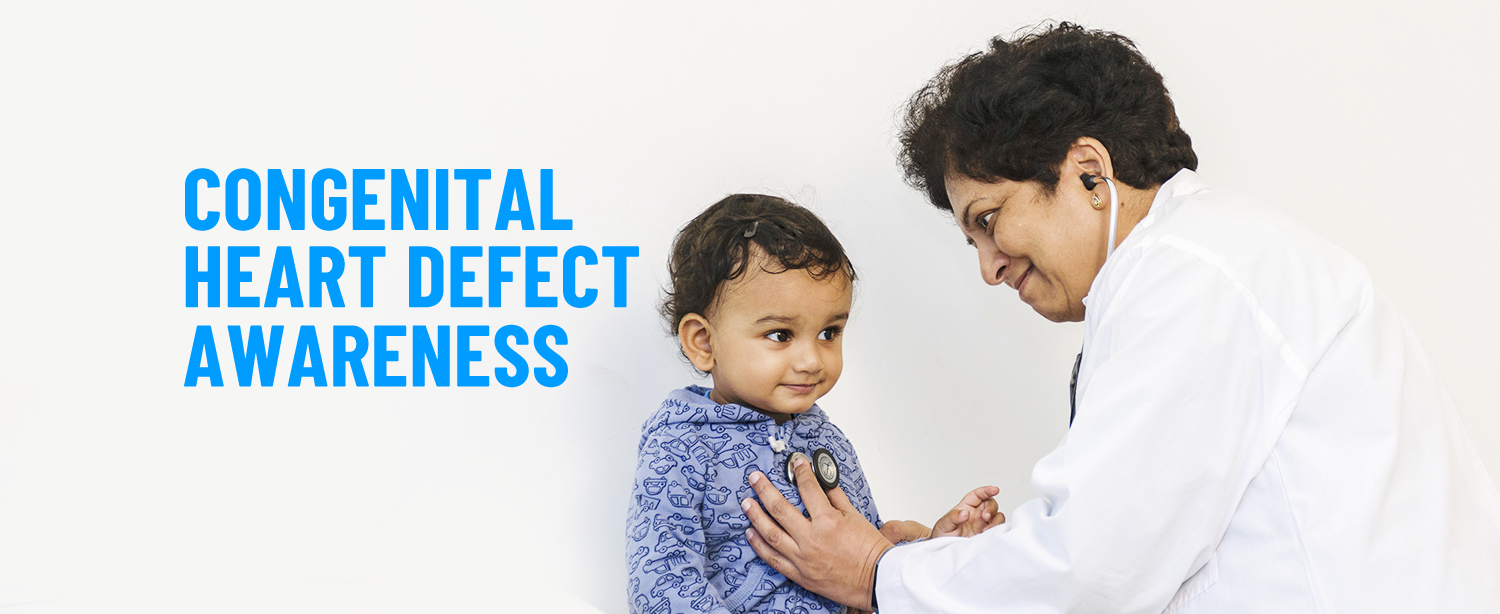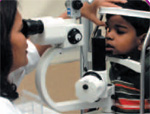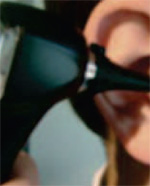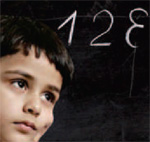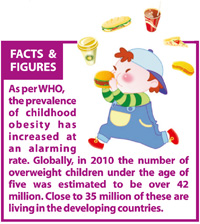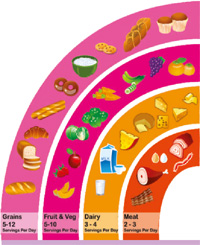Congenital heart defects (CHDs) are the most common type of birth defect seen in newborns and infants. India sees a birth prevalence of 9/1000 and more than 2,00,000 children are born with congenital heart disease every year. Of these, about one-fifth are likely to have a birth serious defect and require a medical procedure or surgery in the first year of life. Nearly 10% of the infant mortality seen worldwide is due to congenital heart defects. Lack of awareness and missed or delayed diagnosis, inaccessibility to specialized cardiac care and economic constraints make the survival chances very low for children born with critical congenital heart defects.
What are Congenital Heart Defects (CHDs)?
It is an abnormality or structural problem of the heart or circulatory system that an infant is born with. CHDs are present at birth and can affect the structure of a baby’s heart and the way it works. They can affect how blood flows through the heart and out to the rest of the body. CHDs can vary from being mild to severe and some babies need life-saving surgeries to survive at a very young age. About 20% to 30% of people with a CHD have other physical problems or developmental or cognitive disorders.
Risk factors of Congenital Heart Defects
It is very difficult to ascertain what causes a congenital heart defect. Some of the heart problems form before a baby is born, here are some factors that make these conditions more likely:
- Diabetes – Monitor your blood sugar levels regularly during your pregnancy. This condition can affect the formation and growth of your baby’s heart.
- Rubella (German Measles) – If you get rubella during pregnancy, it can create problems with your baby’s heart. In case you were not vaccinated as a child for MMR, speak to your doctor about it.
- Drinking and Smoking – Both these habits can lead to congenital heart defects and other problems with your baby’s development. Avoid them while you’re pregnant.
- Medications – If you take any prescription drugs, talk to your gynaecologist to find out if they are safe in pregnancy as some medicines can increase your risk of heart and other birth defects.
- Genetics -Your baby’s chance of having congenital heart defects rises if either of their parents or any relatives have problems. Talk to your doctor about genetic testing and counselling if a heart defect runs in your family.
Symptoms of Congenital Heart Defects
Doctors use a series of tests to diagnose congenital heart defects. They often find severe defects during pregnancy or soon after birth. Signs and symptoms of severe defects in newborns include:
- Rapid breathing
- Cyanosis – a bluish tint to the skin, lips, and fingernails
- Fatigue
- Poor blood circulation
- Swelling of the legs or stomach
The treatment of your child depends on the type of the defect, how severe it is, and a child’s age, size, and general health. Many children with congenital heart defects don’t need treatment, but others do. Treatment can include medicines, catheter procedures, surgery, and heart transplants.
For some people, signs or symptoms of this disease occur later in life. Adult congenital heart disease shows the same symptoms as above and normally takes one of two forms: a defect with no symptoms early in life that becomes associated with symptoms later on or a complex defect repaired during childhood that requires further repair or new treatment in adulthood. Because repaired congenital heart defects can still cause problems later on, patients with a defect repaired in childhood must be regular with their cardiac health check-ups throughout their lives. Occasionally, an adult will experience symptoms of a more complicated defect for the first time as an adult.
Treatment at Kokilaben Dhirubhai Ambani Hospital
The Children’s Heart Centre at Kokilaben Dhirubhai Ambani Hospital is a world-class facility specialising in providing comprehensive care for neonates, infants, children, and adults suffering from simple and complex congenital heart defects. The multidisciplinary team is made up of experts from Paediatric Cardiology, Paediatric and Congenital Heart Surgery, Paediatric Cardiac Anaesthesia, Paediatric Cardiac Intensive care areas, supported by specially trained Paediatric Perfusionists, Nurses, Respiratory Therapists, social workers and counsellors.
We have a Full Time Specialist System that ensures doctors are available to our patients round the clock. This is highly beneficial in ensuring extraordinary and live-saving cardiac care to adults and children suffering from congenital heart defects. For more information regarding the Children’s Heart Centre please visit:

